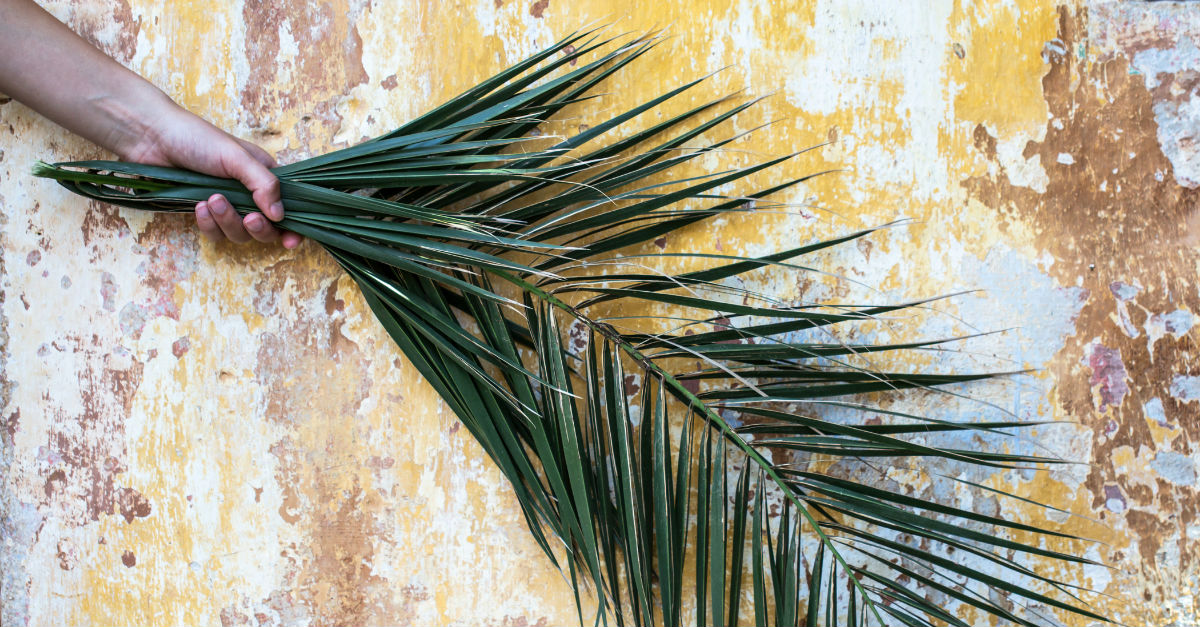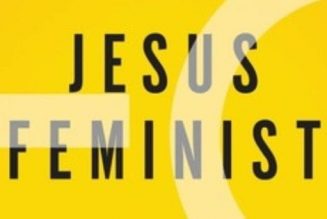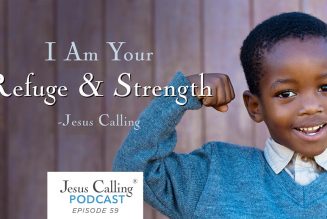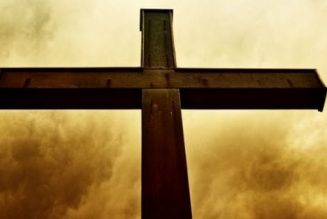
Every year, my calendar reminds me that it is almost Palm Sunday. For many people, this day is the unofficial beginning of Spring Break, but it has a deeper significance for Christians.
What is Palm Sunday?
On Palm Sunday, Christian churches often give the congregation palm branches to re-create the celebration of Christ’s final arrival in Jerusalem because his followers used palm branches to honor him as King and Messiah.
When is Palm Sunday?
Palm Sunday is the last Sunday in Lent and the Sunday before Easter. It’s the beginning of Holy Week, the most important week of the year for Christians. The date changes every year because the date of Easter changes in relation to the Jewish holiday of Passover.
- 2019: April 14
- 2020: April 5
- 2021: March 28
The Story of Palm Sunday
Palm Sunday commemorates Jesus’ arrival in Jerusalem for the Jewish holiday of Passover.
Jesus rode a young donkey into the Jerusalem and was greeted by a large crowd with palm branches and people shouting, “Hosanna to the Son of David,” “Blessed is He who comes in the name of the Lord,” “Blessed is the king of Israel!” and other expressions of praise (Matthew 21:9). The people put their coats and palm branches on the ground as Jesus passed by.
Descriptions of this event in Jesus’ life can be found in Mark 11:1-11, Luke 19:28-40, Matthew 21:1-11, and John 12:1-17. Some Bibles title the passage “The Triumphal Entry” or “Jesus comes to Jerusalem as king.” These passages provide insight and background into the significance of this celebration for Christians. Each Gospel account provides a different perspective on Jesus’ life and ministry the way four friends might focus on different things to describe the same activity.
Why did the people lay their coats and palm branches on the ground?
Laying their coats and palm branches on the ground was a symbolic way for the people to treat Jesus as their king. They hoped that Jesus would overthrow the Roman government in Jerusalem.
- John 12:13 records the people saying, “Blessed is the king of Israel!”
- Mark 11:10 quotes them cheering, “Blessed is the coming kingdom of our father David!”
When a king or conquering ruler entered a city, people would create a carpet by putting their coats and branches on the ground to welcome them. Even today we might use the expression, “rolling out the red carpet” to welcome a celebrity or an important guest.
What is the significance of Jesus riding on a donkey?
Conquering kings typically rode in chariots or on horseback, so it is significant that Jesus rode on a donkey. Jesus wasn’t an ordinary King with a kingdom of this world (John 18:36). Jesus rode on a donkey to fulfill a prophecy about the Messiah.
To make sure their readers realized it, each of the Gospel accounts mention Jesus riding on a donkey. The Gospel writers even record Jesus’ specific instructions to his disciples to go to a village where they would find a donkey with her colt beside her. They were told to untie both animals and bring them to Jesus. Matthew 21:4-5 explains this took place to fulfill what was spoken through the prophet Zechariah:
“Say to the daughter of Zion, ‘See, your King comes to you, gentle and riding on a donkey, on a colt, the foal of a donkey.’” Zechariah 9:9
What does Hosanna mean?
Hosanna means “Please Save Us.” It is a Greek word “ὡσαννά” based on two Hebrew words- יָשַׁע- “yasha” which means “save or deliver” and אָנּאָ – “anna” which means “please, I beseech.” (Strong’s 5614)
Mark 11:9 records the people as saying, “Hosanna! Blessed is he who comes in the name of the Lord!”
The people were quoting Psalm 118:25-26, “Save us, we pray, O LORD! O LORD, we pray, give us success! Blessed is he who comes in the name of the LORD!”
Why was Jesus called the Son of David?
By calling Jesus the Son of David they didn’t mean that he was the literal son of David but that he was a descendant of King David and a rightful ruler based on a promise God had made to David in Psalm 132:11-12:
“The Lord swore an oath to David, a sure oath he will not revoke: ‘One of your own descendants I will place on your throne. If your sons keep my covenant and the statutes I teach them, then their sons will sit on your throne for ever and ever.’”
The History of Palm Sunday
Historical celebration of Palm Sunday or Passion Sunday, as the Sunday before Easter was called in the Catholic, Episcopalian, and Anglican churches, can be traced back over 1600 years.
“The observance of Palm Sunday in Jerusalem was witnessed by the pilgrim Egeria in about 381-384. During this observance there was a procession of people down the Mount of Olives into Jerusalem. The people waved branches of palms or olive trees as they walked,” according to EpiscopalChurch.org.
Orthodox Church Traditions
In the Orthodox Church Palm Sunday is a continuation of the celebration of Lazarus’ resurrection recorded in John 11. Palm Sunday is one of the great feasts of the Orthodox Church. It is called a movable feast day because the date changes every year in relation to Easter. Russian Orthodox churches give out willow branches because palm branches were not historically available.
Catholic Church Traditions
In a Catholic service, the palm branches are treated as holy because they were blessed by the priest. They are not to be thrown away but instead are collected and incinerated to make the ashes used in the Ash Wednesday service.
Scripture to Reflect on for Palm Sunday:
Jesus’ arrival in Jerusalem was a day of celebration but it was also a day that many of the cheering crowd did not understand. They thought that they were welcoming a military hero. Jesus came in peace on a donkey to save them not from the Romans but from the curse of death and to give them eternal life in the Kingdom in Heaven.
- “When Jesus had entered Jerusalem, the whole city was stirred and asked, ‘Who is this?’ The crowds replied, ‘This is Jesus, the prophet from Nazareth in Galilee.’ (Matthew 21:10-11)
- “Blessed is the king who comes in the name of the Lord!”“Peace in heaven and glory in the highest!” (Luke 19:38)
- “Jesus said, ‘My kingdom is not of this world. If it were, my servants would fight to prevent my arrest by the Jewish leaders. But now my kingdom is from another place.’”(John 18:36)
- “The Lord has taken away the judgments against you; he has cleared away your enemies. The King of Israel, the Lord, is in your midst; you shall never again fear evil. On that day it shall be said to Jerusalem: ‘Fear not, O Zion; let not your hands grow weak. The Lord your God is in your midst, a mighty one who will save; he will rejoice over you with gladness; he will quiet you by his love; he will exult over you with loud singing.’” (Zephaniah 3:15-17)
A Prayer for Palm Sunday:
Lord Jesus – Hosanna, Hosanna in the Highest! Blessed is he who comes in the name of the Lord! You are exulted above all others. You are worthy of praise. You are mighty to save; nothing is too hard for you. You have defeated death and the grave. We do not have to fear because you are victorious. Your kingdom is eternal and will never end.
Help us see you as you are – victorious yet meek, powerful but loving, patient and just. Give us eyes to see, ears to hear, and a heart that understands your kingdom and your reign. Help us trust your sovereignty over all creation and your authority in our lives. Help us not turn our backs on you when things don’t go as we expect. Give us strength and endurance as we seek first your kingdom and your righteousness.
Thank you for your faithfulness. Thank you for your sacrifice. Thank you for your humility. We rejoice in your eternal reign. Hosanna, Hosanna in the Highest. You are the only Sovereign One, the King of Kings and the Lord of Lords. Amen.
Sources:
- An Episcopal Dictionary of the Church, Palm Sunday (The Sunday of the Passion), Don S. Armentrout and Robert Boak Slocum (2000).
- BibleHub.com, Matthew 21:8, Commentary
- BibleStudyTools.com, Psalm 118:25, Interlinear Bible, KJV
- Catholic.org, Palm Sunday, The Editors of Catholic Online (2018)
- Orthodox Church in America, Lazarus Saturday and Palm Sunday, Thomas Hopko and Andrew Tregubov (2016)
Penny Noyes, M.Ed. is the author of Embracing Change – Learning to Trust God from the Women of the Bible and two books about Hezekiah. You can follow Penny on her blog and on Instagram @pennynoyes.
Photo Credit: Thinkstock/azerberber










